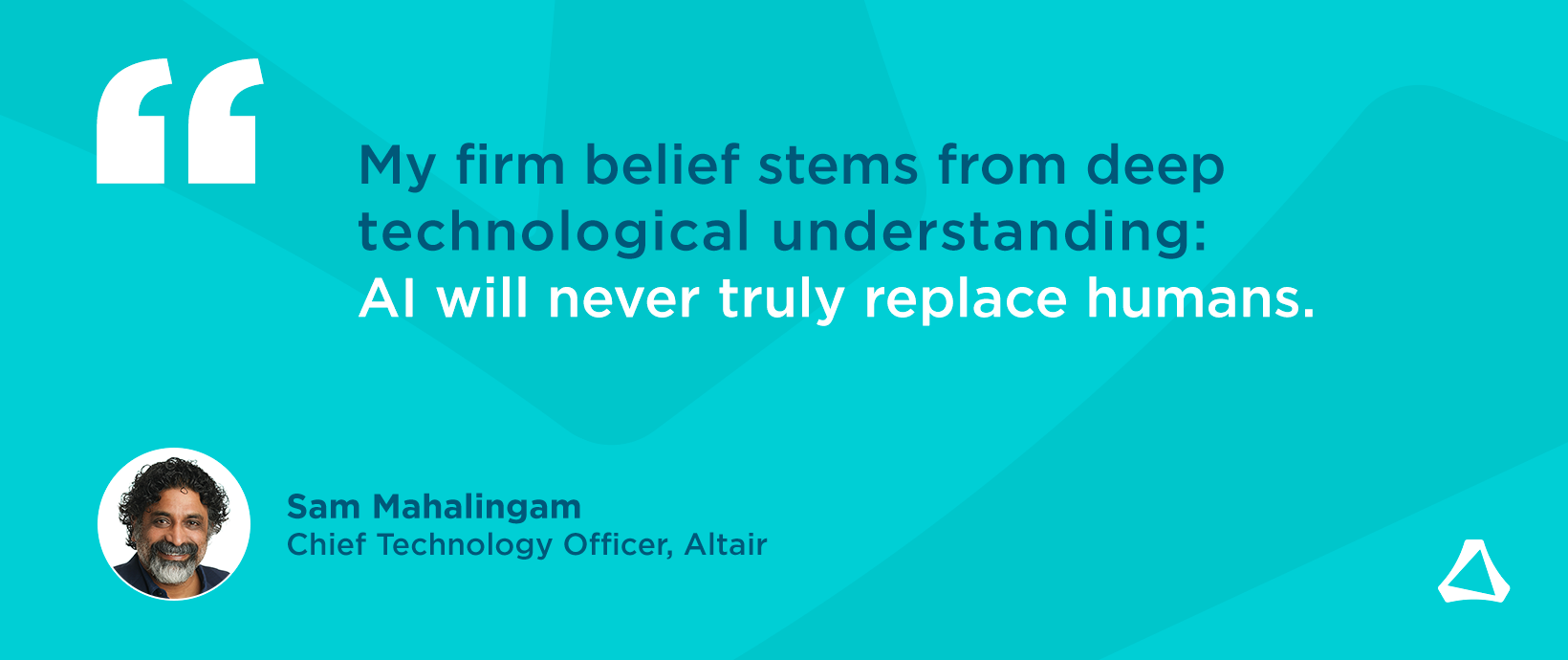Three Tips for Implementing Explainable AI

Today, businesses in every industry are facing quickly changing market conditions and fiercer competition, meaning it’s more important than ever to make quicker decisions and innovate with data analytics. Embracing the market’s premier artificial intelligence (AI) and machine learning solutions helps organizations transform their business and gain competitive advantages. By leveraging AI-driven insights, businesses can streamline operations, increase efficiency, cut costs, and provide better products and services to their customers.
However, although AI promises many business benefits, it also presents challenges for organizations looking to maximize it. These include:
- Data quality and availability issues
- A lack of technical expertise (e.g., programming, database modeling, etc.)
- Not having the right infrastructure and operational framework in place
- The absence of leadership support needed to see initiatives through
In addition, some regulatory and ethical concerns extend beyond the confines of the organization, such as the White House’s recent executive order on AI, developed to protect consumer data privacy and shield users from AI’s ability to perpetuate bias and discrimination. If businesses fall into noncompliance with these regulations, it can create legal issues and cause reputational damage.
As such, explainable AI – a set of processes and methods that enables users to understand and interpret the outcome of their machine learning and AI algorithms – is becoming paramount. Explainable AI fosters trust with users and bolsters the confidence they will have in the accuracy of AI’s outputs. The use of explainable AI is becoming more important for businesses every day as users seek greater transparency into their AI interactions and assurance that the models they’re using adhere to governance and compliance regulations.
The Importance of Explainable AI
As AI use grows, it’s essential that the models businesses use are trustworthy and accurate. This is especially true for critical applications such as online banking, traffic control, medical diagnosis and treatment, and military drones, where shoddy models could have drastic outcomes.
Explainable AI mitigates risks that arise when businesses don’t understand what their models are doing, as with black box models using sensitive proprietary data (e.g., healthcare and financial services). Explainability techniques clarify model behaviors and help build trust, transparency, accountability, and regulatory compliance. Explainable AI also enables users to detect any bias that machine learning may have developed. Explainable AI helps organizations minimize risk, feel good about their results, and achieve better outcomes.
Establishing Explainable AI
Creating an enterprise AI strategy can be a huge undertaking. According to Altair’s 2023 Frictionless AI Global Survey Report, AI and data analytics projects fail between 36-50% of the time due to three main categories of friction: organizational, technological, and financial. Knowing this, establishing transparent, explainable AI requires even greater collaboration between teams and commitment from leadership to invest in the infrastructure and tools needed to build success. How can teams accomplish this? Here are three best practices for achieving explainable AI.
Tip #1: Ensure Data Transparency
Having access to good, clean data is always crucial because it ensures the accuracy of AI models’ predictions. If a model’s data is flawed, its output will be unreliable and subject to bias. Investing in a self-service data analytics platform that includes sophisticated data cleansing and data preparation tools, along with data governance, gives users the confidence they need to speed their AI initiatives.
These tools also help with accountability and – consequently – data quality. When a code-based model is created, it can take time to track who made changes and why, leading to problems down the line when someone else needs to take over the project or when there’s a bug in the code. Low-code platforms are self-documenting. This means that the visual workflows created are also accompanied by documentation that explains what the workflow does. This makes it easier to understand and maintain the code, and it provides full transparency to the team accessing the results.
Tip #2: Bolster Users’ AI Literacy
Equally important is ensuring that data analytics methodologies are both accessible and scalable, which can be ensured through training. Data scientists are hard to find – you need people who understand the business problems, regardless of their ability to write code. Low- and no-code data analytics platforms make it easy for people with minimal programming experience to build and deploy models. This democratizes data science, enabling multiple people to work on data projects simultaneously while also contributing to accountability and, ultimately, data quality.
For AI success today – which includes driving innovation and ROI while meeting regulations and customer expectations – businesses need people who are continuously analyzing their organization’s data, building and optimizing models, and looking for new opportunities. This can only be achieved through training.
Tip #3: Always Audit AI Models to Identify Risks
AI models are not one-and-done projects – they require continuous monitoring. Effective model management proactively identifies risks and ensures reliability. Having a challenger model prepared to take over should the current model erode adds an additional layer of protection. This approach to model oversight protects against unforeseen challenges and bolsters models’ overall reliability.
Final Thoughts on Explainable AI
Creating business transformation through AI can be a rewarding, yet overwhelming, prospect. Many companies struggle, which means they deal with wasted investments, misallocated time, and a failure to deliver on shareholder commitments. AI transparency is crucial for accountability, trust, ethical considerations, and regulatory compliance. Explainable AI helps ensure systems and applications are developed and deployed in a responsible, beneficial way.
Click here to learn more about Altair® RapidMiner® and Altair’s data analytics and AI capabilities.




